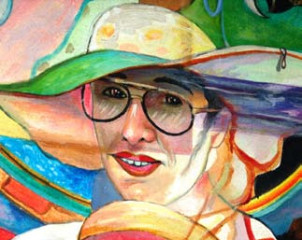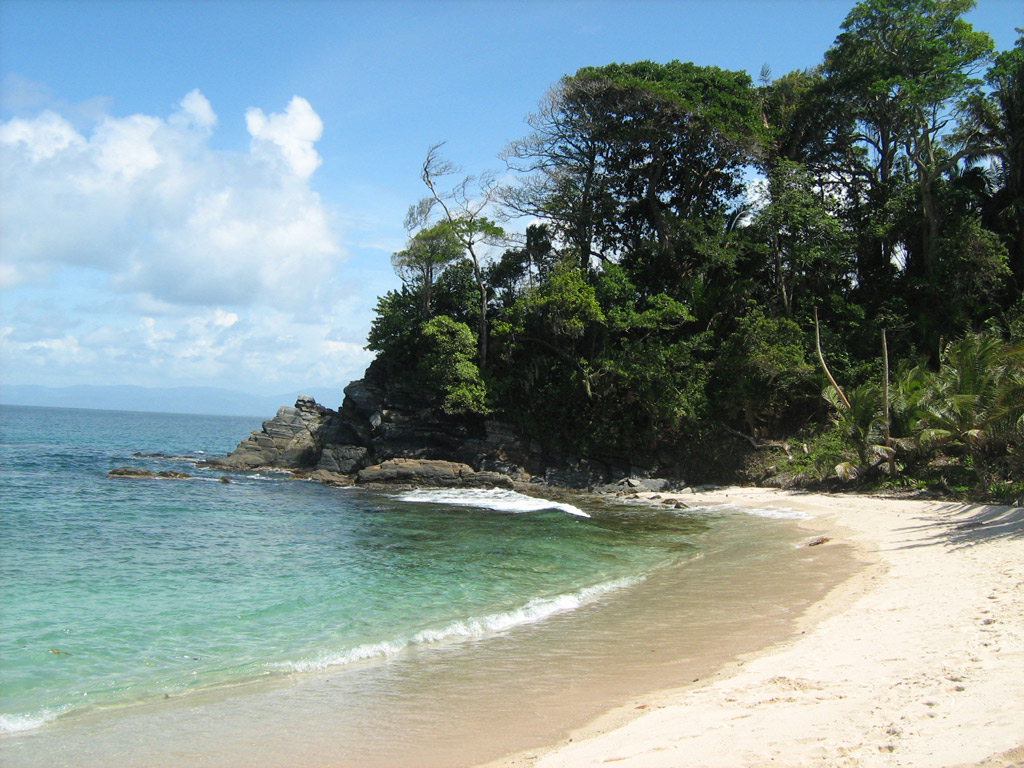
By Grettel Navas and Joan Martinez Alier.
As the violence in Honduras against environmentalists increases day by day, it is time to remember an old story. In 1995, the Punta Sal National Park was renamed to Jeanette Kawas National Park. Jeanette Kawas was an environmental activist who was murdered on February 6, 1995 for her work trying to keep the palm plantations out of the park. The Park is included in the Ramsar Convention List of Wetlands of International Importance and was designated as such on March 28, 1995.
Jeanette Kawas was an accountant by training, but her concept of value was broader than any bottom line in a balance sheet. For her, no number could capture the natural wealth she saw in the forests, rivers, beaches and mangrove swamps of Punta Sal, near her hometown of Tela in northern Honduras. In the 1980s, cattle ranchers, resort developers and loggers all wanted a slice of this landscape. In 1990, as their hunger grew, Kawas formed an environmental organization, to protect the land: Fundación para la Protección de Lancetilla, Punta Sal y Texiguat PROLANSATE. People from Tela, members of the Asociación Hondureña de Ecología (AHE); Jeanette Kawas, Andrew Stoll and others took the initiative. At the cost of her life, the destruction of the site was stopped. In 1994 it convinced government to create and manage a new national park there.
In 2009, the Inter-American Court of Human Rights (IACHR) said that Kawas’s work in defense of the environment had motivated the murder. Kawas was a victim of a largely unreported war that rages around the world two decades later. Its casualties are women and men who through peaceful acts work to defend their local environment from polluters and miners, land grabbers and loggers. In the past decade, at least close to 1,000 such activists in 35 countries were murdered, according to a report published in April 2014 by Global Witness. The real figure is higher, as many murders go unnoticed or don’t get classified as murders on environmentalists. This is because most people that are murdered while resisting the assault on the environment don’t necessarily call themselves environmentalist or activist. For them, ‘environmentalism’ is more often a matter of common sense, justice or survival.
According to the 2009 ruling of the IACHR , this is what happened: on February 6, 1995, at approximately 7:30 p.m., Blanca Jeanette Kawas-Fernández was shot and murdered while she was inside her home. The Commission indicated that, at the time of her death, she was President of PROLANSATE, an organization created in order “to improve the quality of life of the people who live within the watersheds of the Bahía de Tela [Department of Atlántida, Honduras],” and that, in this capacity, “she had denounced, among other matters, the attempts by private individuals and entities to illegally appropriate Punta Sal, as well as the contamination of the lakes and the depredation of the forests of the region.” The court asserted that the State had direct responsibility in the deprivation of the life of the victim. Moreover, the State authorities did not adopt with due diligence all the necessary measures to conduct an investigation that would achieve a concrete outcome.


The project ENVJUSTICE has received funding from the European Research Council (ERC) under the European Union’s Horizon 2020 research and innovation programme (grant agreement No. 695446)